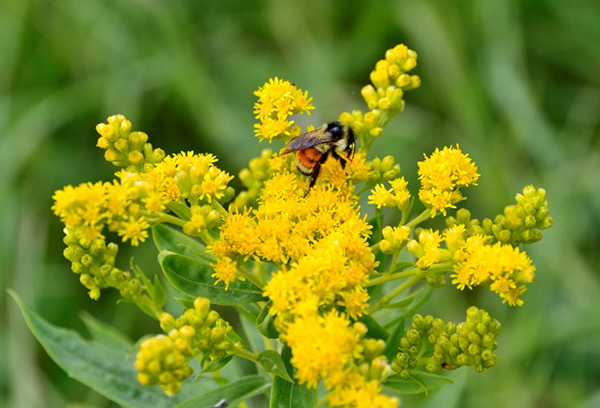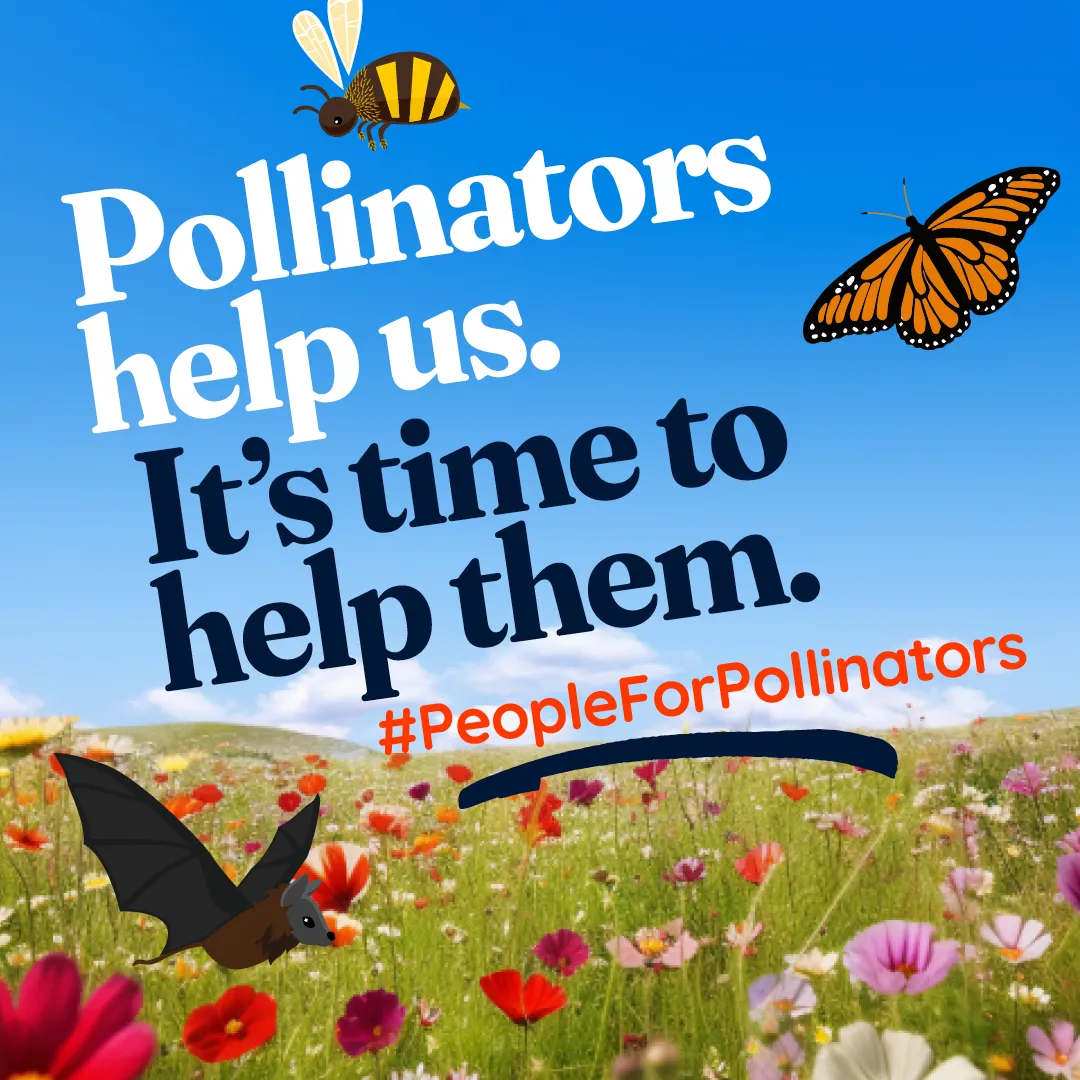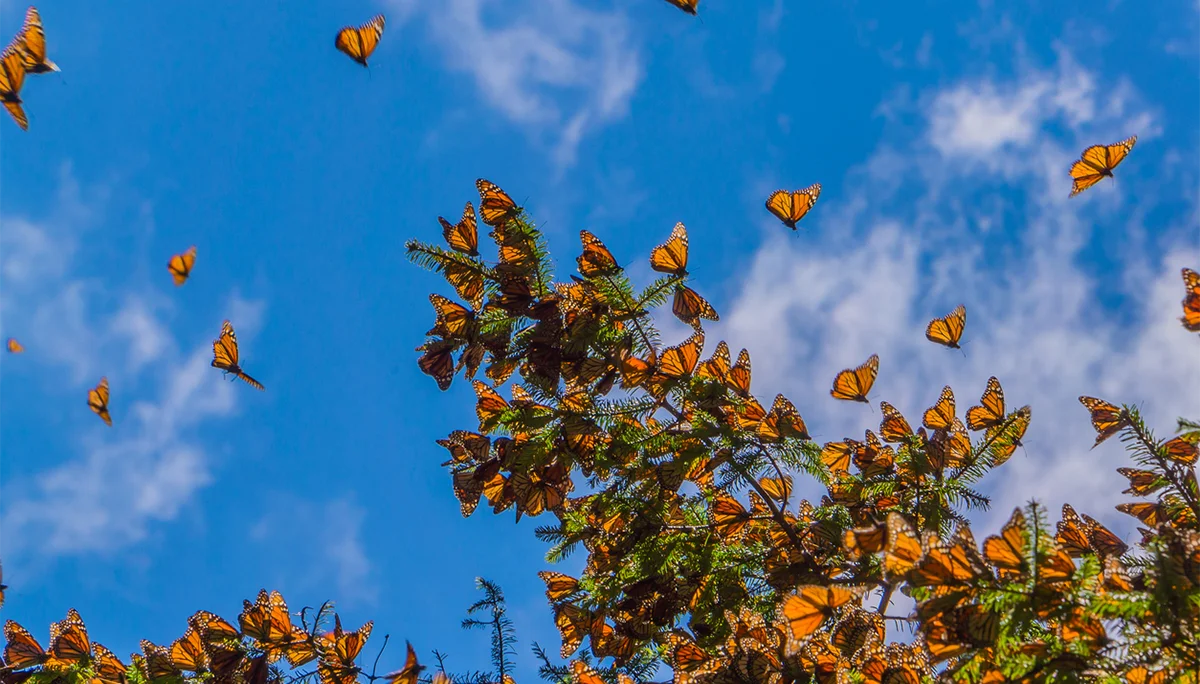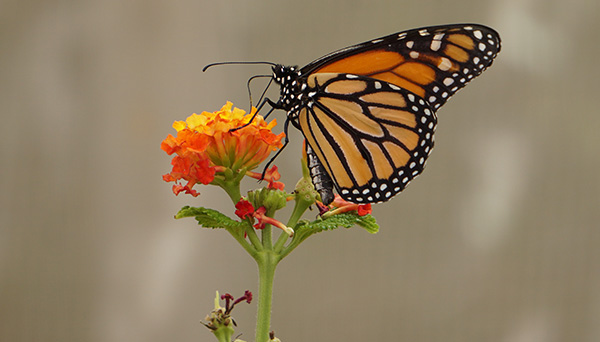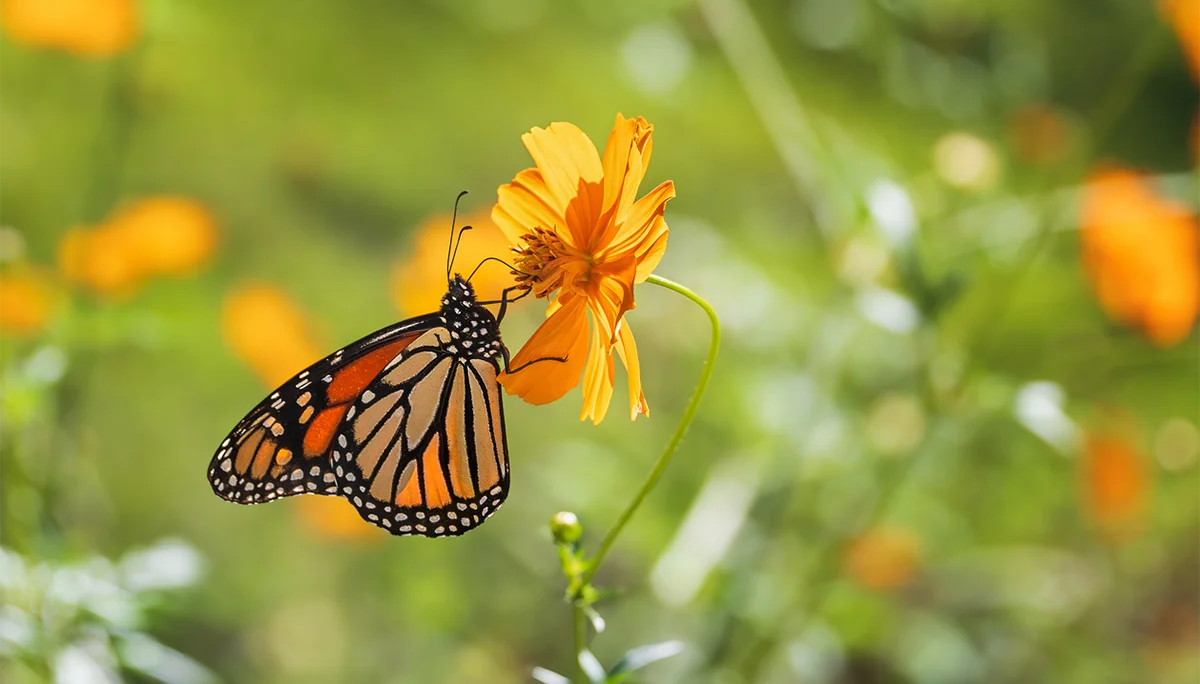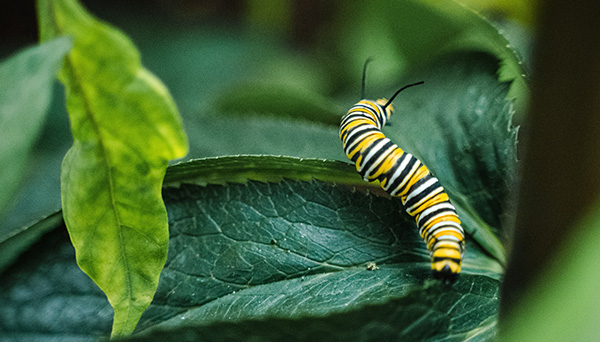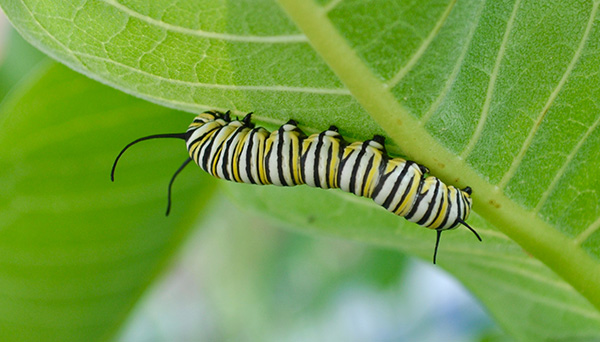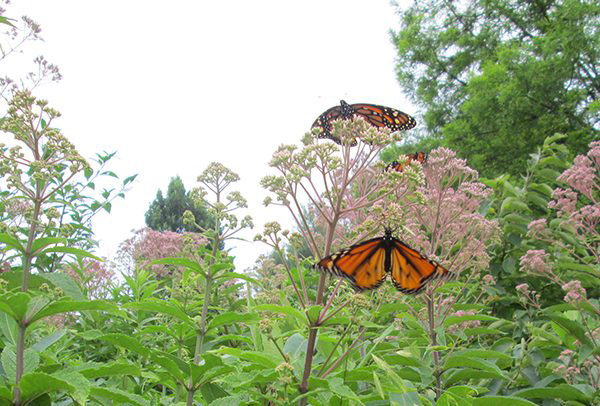Monarch and Pollinator Conservation
The monarch butterfly's epic migration is emblematic of the trinational cooperation required to conserve, protect and enhance the North American environment.
For over two decades we have supported the conservation of the Monarch butterfly along its migratory route, by promoting community projects, developing action plans and supporting collaborative efforts in Canada, Mexico and the United States. Building on this model, we are supporting regional collaboration for pollinator conservation.
People for Pollinators
Pollinators, such as birds, bats, butterflies, bees, beetles, flies and many more insects, ensure the reproduction of many plants that humans and wildlife depend on for survival and are critical for global economic and food security.
Join us in spreading the word about pollinator conservation. Together, we can help pollinators and, in turn, help ourselves.
Tools and Resources
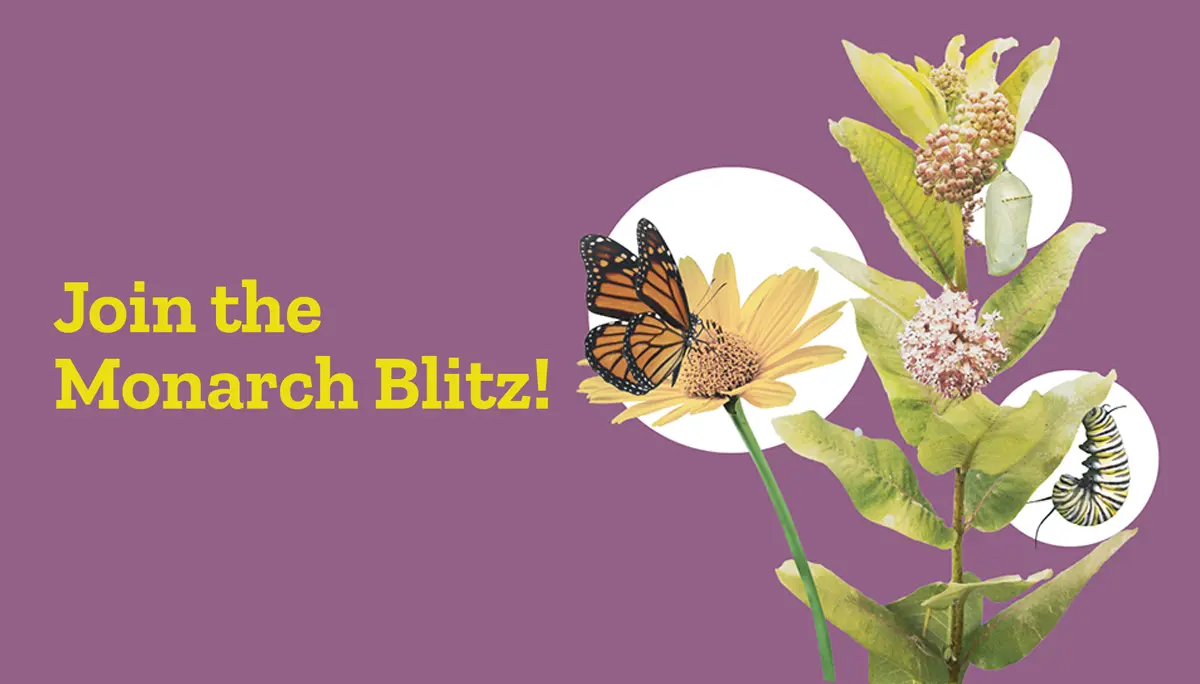
International Monarch Monitoring Blitz
Since 2017, the Monarch Monitoring Blitz has invited volunteers and community scientist to participate in monarch conservation efforts.
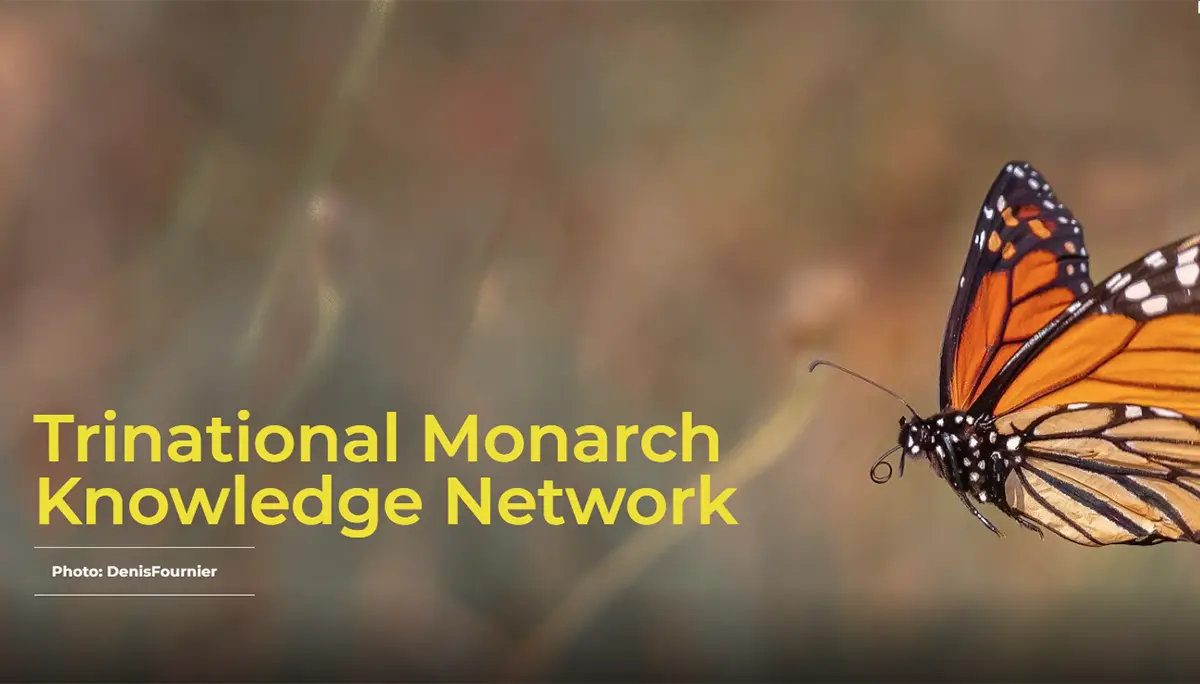
Trinational Monarch Knowledge Network
The TMKN has created an extensive database, combining data from hundreds of different sources and with a common standard defined by the Avian Knowledge Network.
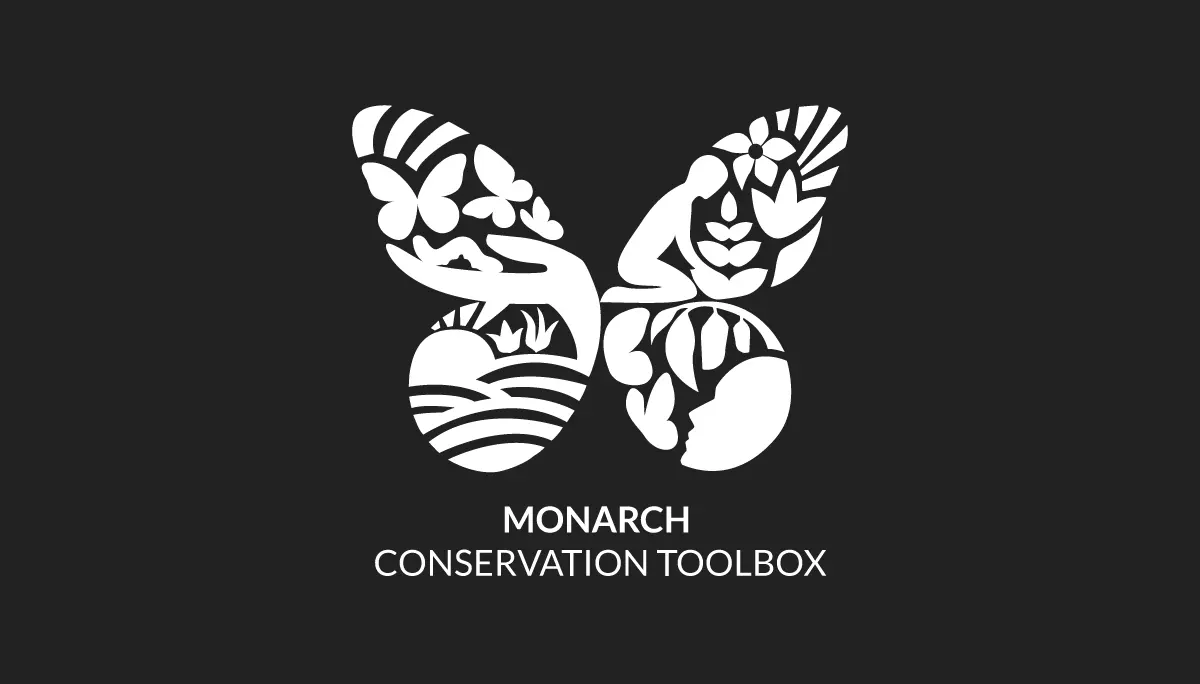
Monarch Conservation Toolbox
Engaging landowners across North America to provide monarch butterfly habitat.
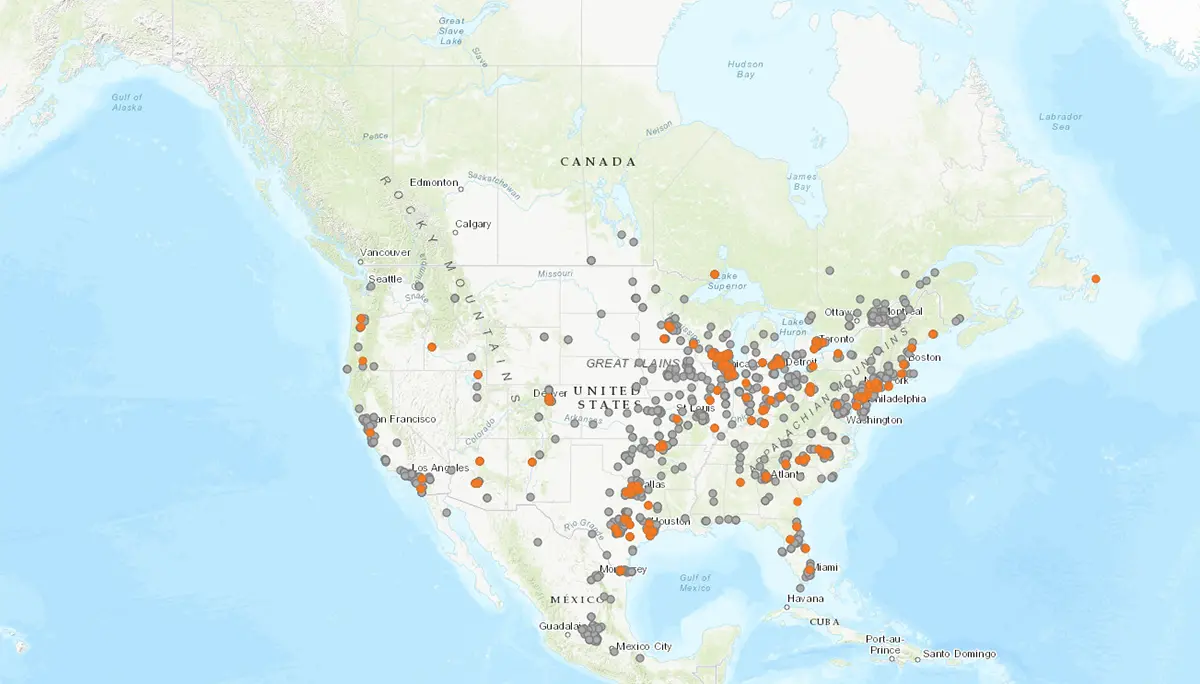
Trinational Mayors Monarch Pledge
Mayors and other local and tribal government chief executives are taking action to help save the monarch butterfly, an iconic species whose populations have declined by 90% in the last 20 years.
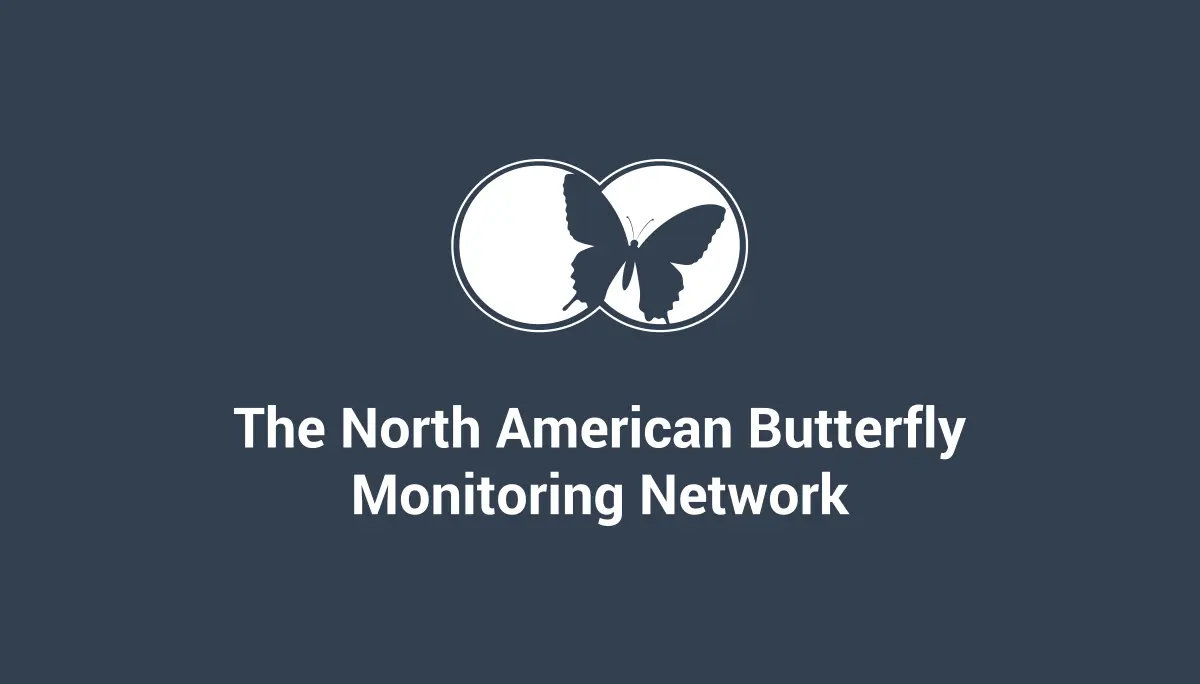
MonarchNet
This website serves as a resource for anyone who wants to know about monarch populations, i.e. government officials, researchers, members of the general public or NGOs.
Publications
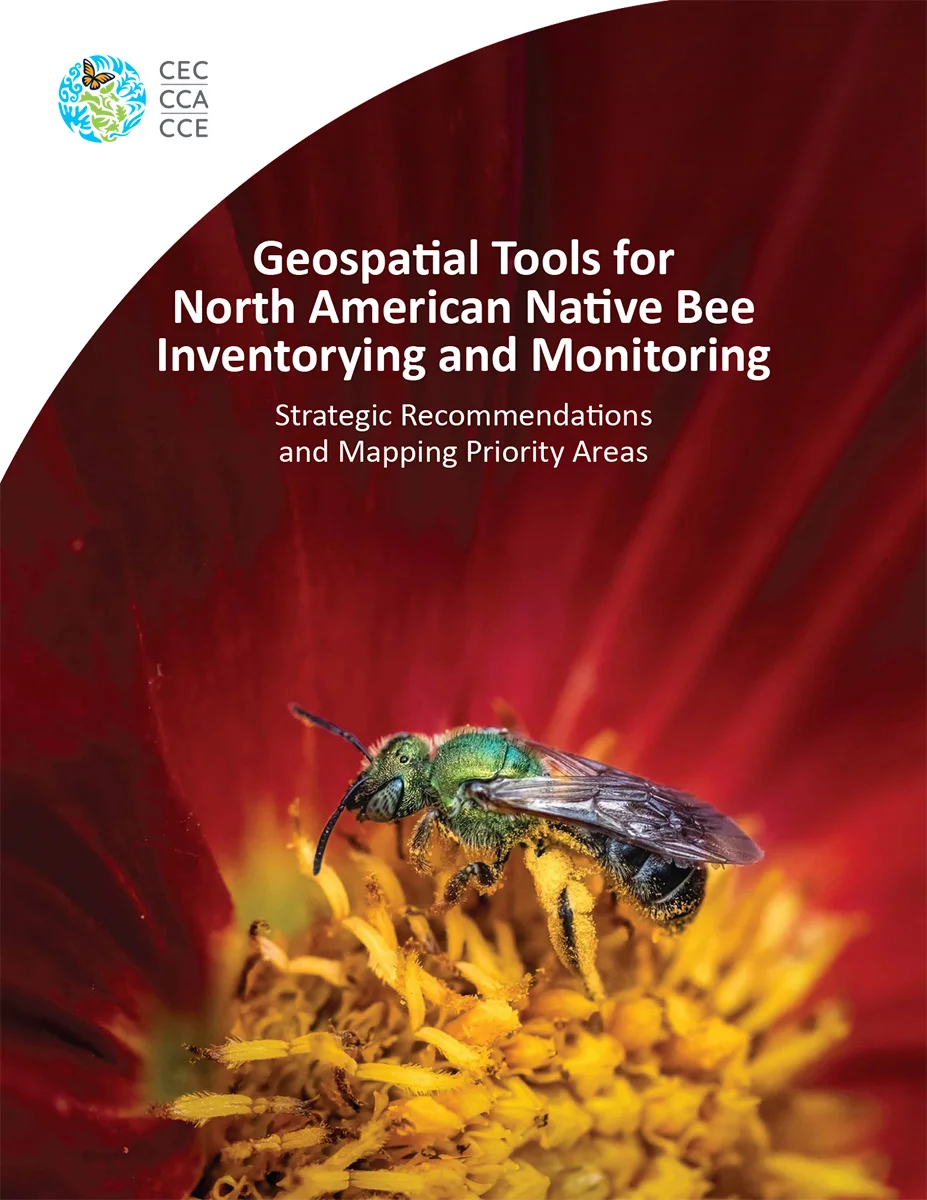
36 pages June 5, 2025
Geospatial Tools for North American Native Bee Inventorying and Monitoring:
Pollinators are essential to ecosystem health and food security, yet native bee populations face increasing...
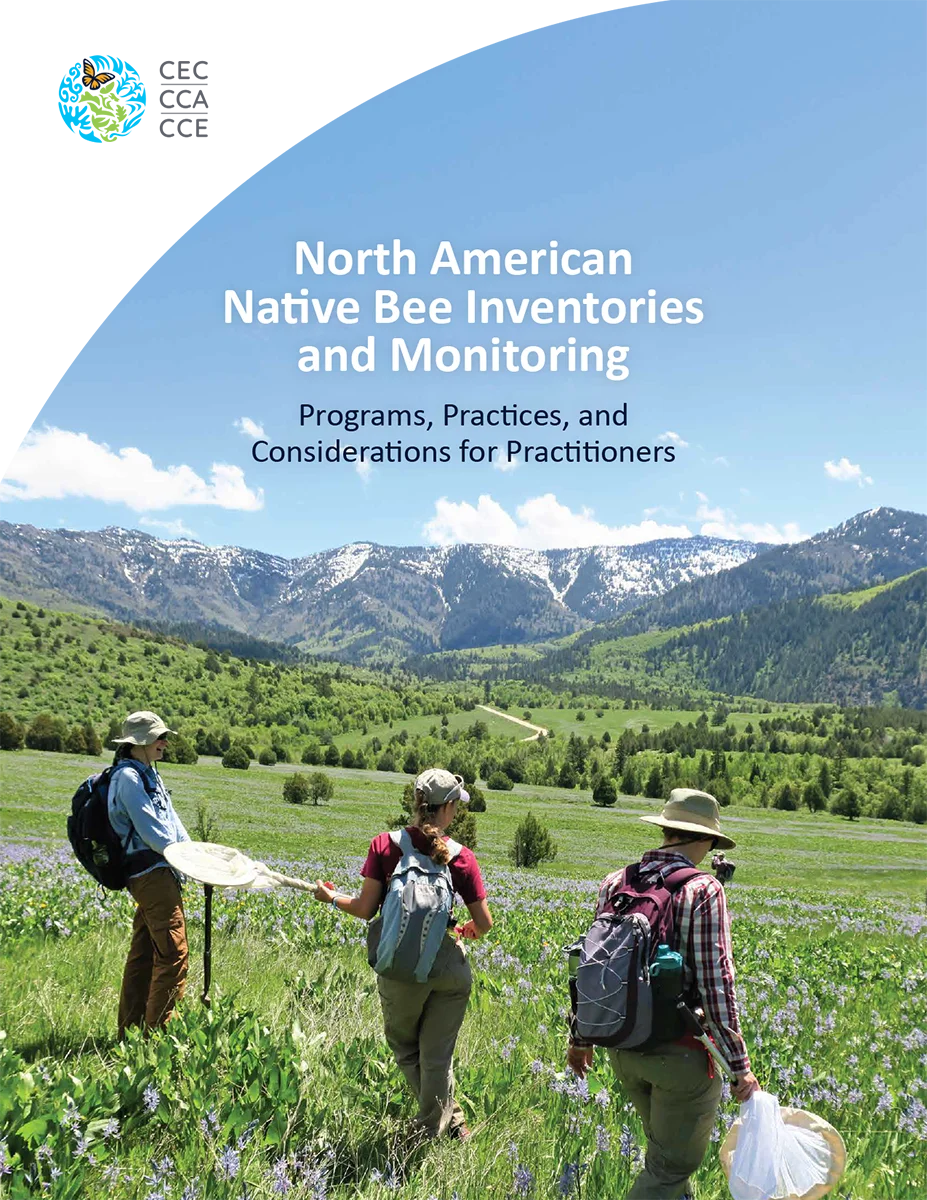
73 pages December 9, 2024
North American Native Bee Inventories and Monitoring
Native bees are essential pollinators, yet their populations face threats from multiple drivers, such as...
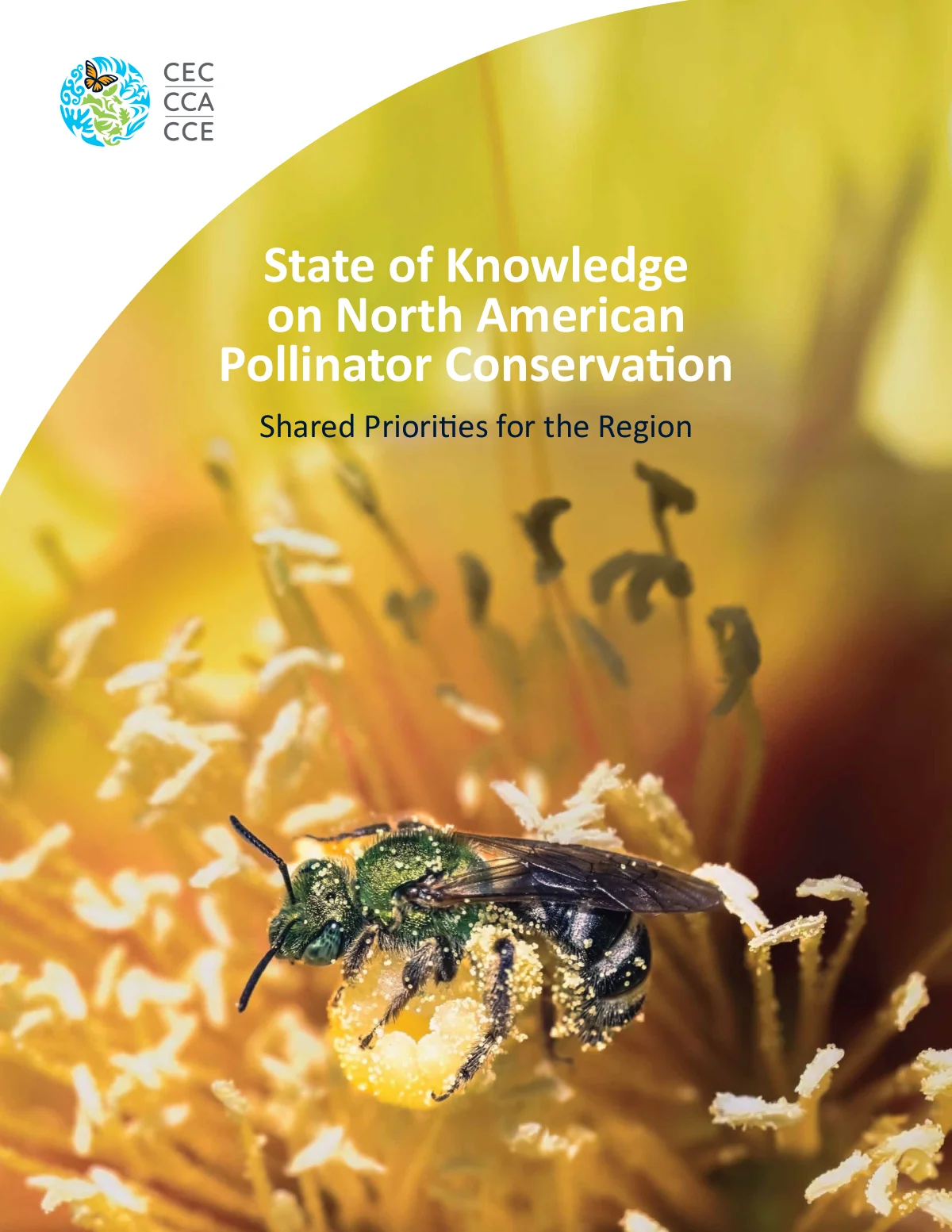
54 pages May 27, 2024
State of Knowledge on North American Pollinator Conservation
Pollinators are crucial to the functioning of natural ecosystems, human well-being and food security. Globally,...
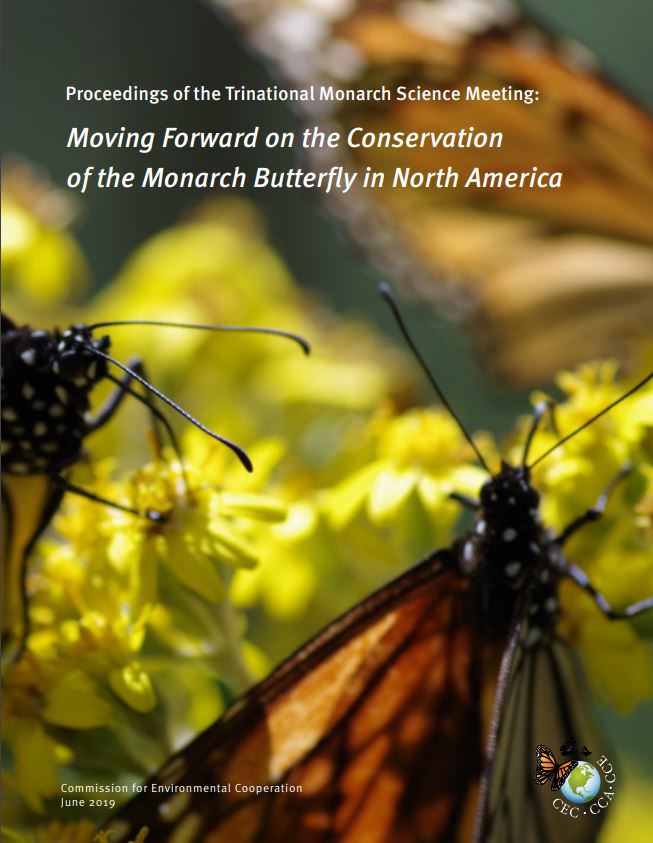
34 pages July 29, 2019
Proceedings of the Trinational Monarch Science Meeting
As part of the Commission for Environmental Cooperation’s (CEC) project; Science for Monarch Butterfly and...
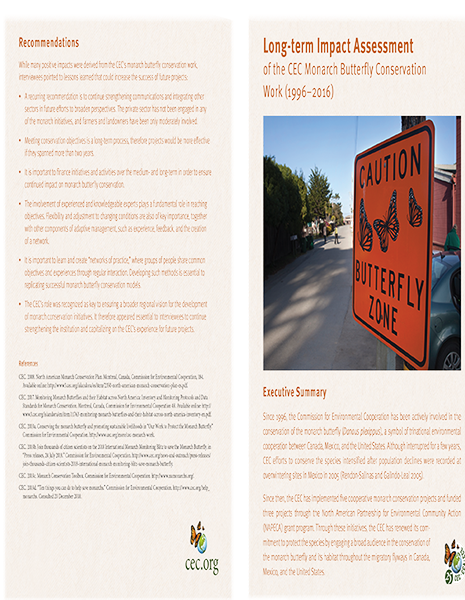
2 pages July 16, 2019
Long-term Impact Assessment of the CEC Monarch Butterfly Conservation Work (1996–2016)
Since 1996, the Commission for Environmental Cooperation has been actively involved in the conservation of...
Projects
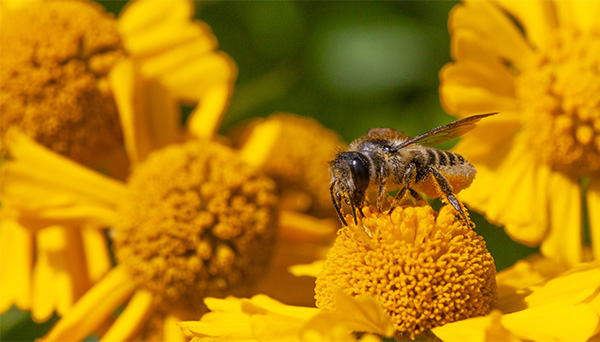
2022 Completed
Advancing Pollinator Conservation throughout North America
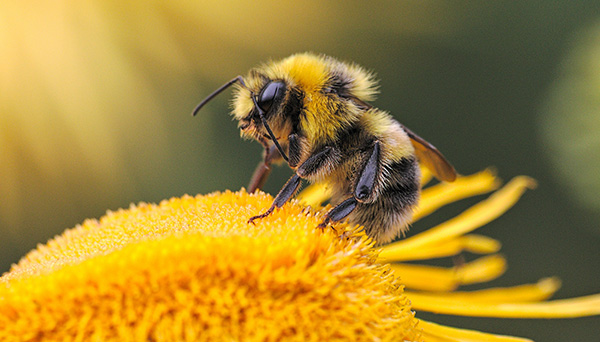
2019 - 2020 Completed
Strengthening Regional Pollinator Conservation to Secure Local Benefits
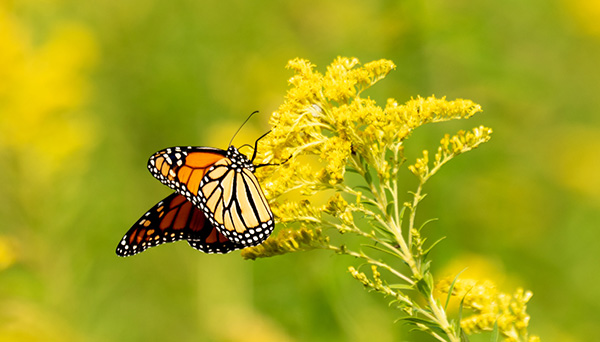
2017 - 2018 Completed
Monarch Butterfly and Pollinator Conservation
Grants
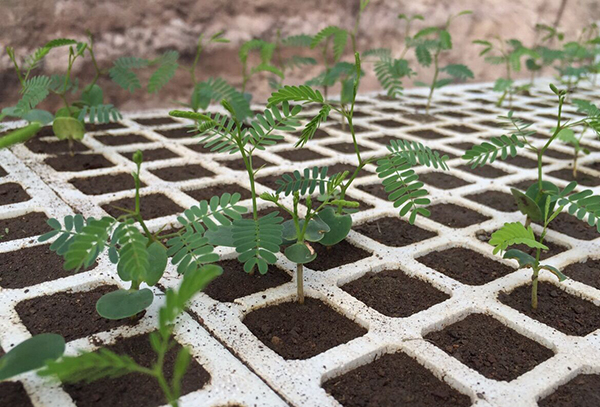
Mariposas of the Milpa: Fostering Urban Biodiversity through Urban Agriculture
